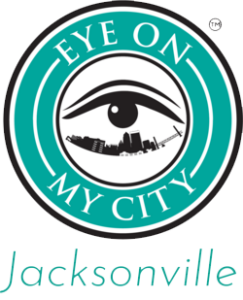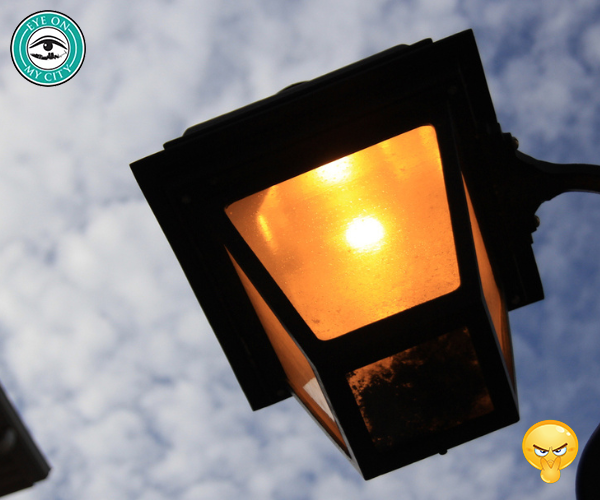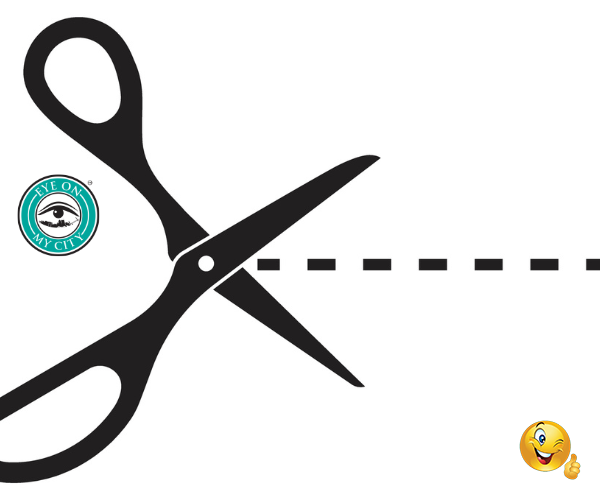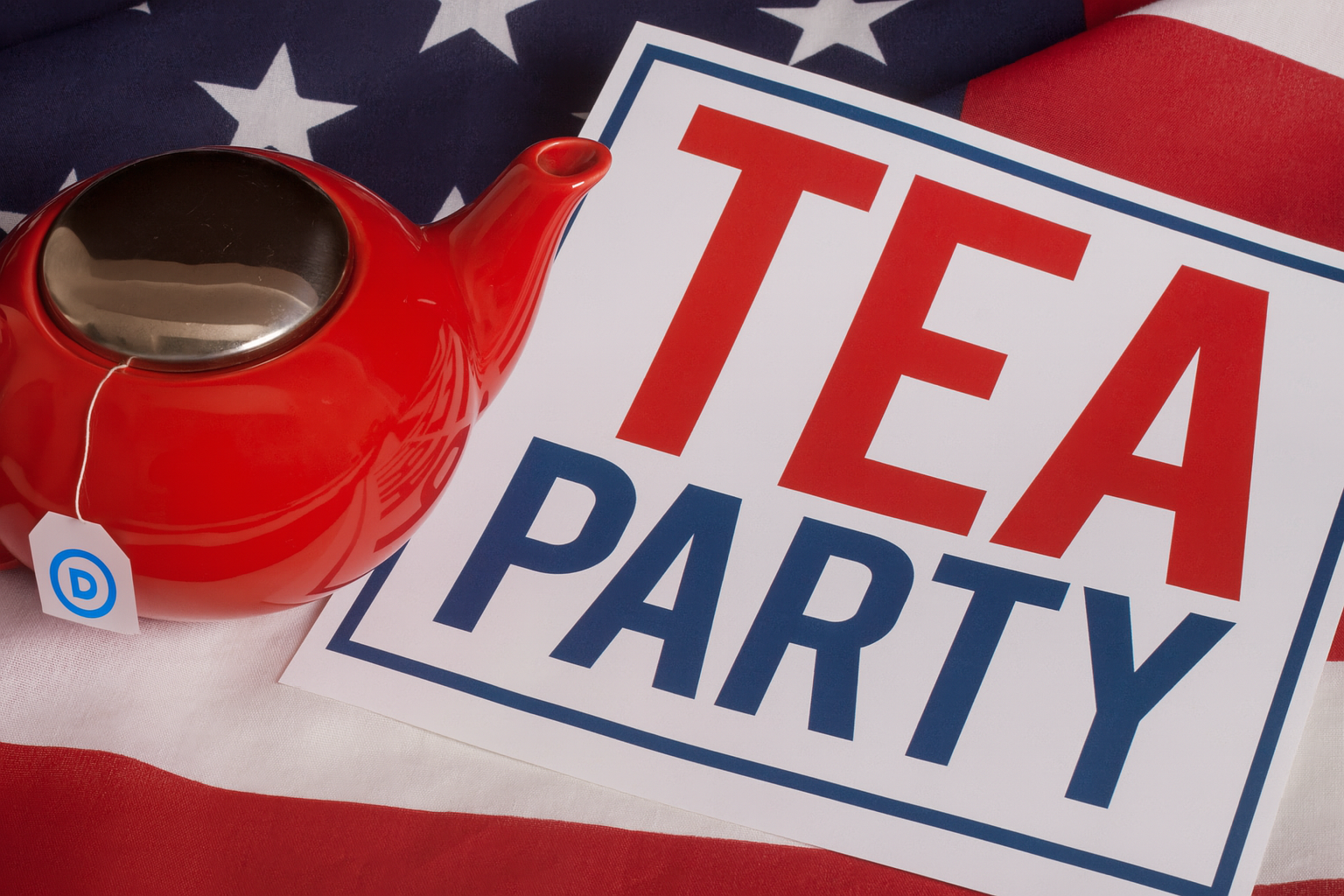With 30 NFL stadiums and about a 30-year life cycle, the issue of stadium rebuilding or replacement comes up somewhere almost every year, along with the question of who will pay.
Last year it was Charlotte. This year it is Jacksonville.
The Jacksonville Jaguars certainly can make an argument that the stadium, known for years as the Gator Bowl, needs improvements, even though it is only 16 years old.
In 2019 a columnist for MSN listed EverBank Field, as it currently is known, at dead last among the 30 stadiums saying “Bottom line: It doesn’t matter if the Jacksonville Jaguars are getting better. Doesn’t matter if Jacksonville Beach is amazing. Doesn’t matter if they changed to a logo and team colors that didn’t look like a dirty diaper. This place is a dump. Don’t go here. “
But the Jaguars want a $1.4 billion rebuild and as they look at it, any money they put into it is simply a charitable contribution to Jacksonville, which owns the facility.
The Jaguars are worth an estimated $965 million.
Taxpayers may be asked to put in as much as half the $1.4 billion cost.
Should the City Council find the demands of the Jacksonville Jaguars too onerous, there are options.
The city could offer to sell the football stadium to the team. Four other NFL teams own their stadiums, and Jaguars owner Shad Khan — one of the richest people in America at a net worth of more than $12 billion – presumably could afford to pay the cost.
The fear of those supporting public financing of the stadium improvements is that the Jaguars might depart for another venue, possibly London.
Khan purchased English soccer team Fulham FC for a price estimated at more than $200 million and he owns a soccer/football stadium in London.
If there is an impasse, the city could say bye-bye to the football team. Other cities have done so and survived. San Diego and St. Louis have not become ghost towns since NFL teams left them.
There are 32 NFL teams and 30 NFL stadiums. In New York and Los Angeles two teams share each stadium.
According to the Los Angeles Times, four NFL teams actually own and operate their own stadiums: the Miami Dolphins, Los Angeles Rams, Washington Redskins, and Carolina Panthers.
Since the early 1960s, 91 sports stadiums have been built with public funding, and 22 of them were fully paid for with public funds, according to PBS. Twenty-nine of the publicly financed stadiums were funded through a hotel tax, 27 were funded through general obligations, 24 were funded through sales taxes, 23 were funded through bonds and four were funded from lottery or gambling revenues.
But the public, including some football fans, often has difficulty accepting the demands of the teams and economists don’t provide much support for the idea of public financing.
In a 2017 poll, 83 percent of the economists surveyed agreed that “Providing state and local subsidies to build stadiums for professional sports teams is likely to cost the relevant taxpayers more than any local economic benefits that are generated.”
Building sports stadiums has an impact on local economies and for that reason many people support the use of government subsidies to help pay for stadiums the St. Louis Fed once wrote. “However, economists generally oppose such subsidies. They often stress that estimations of the economic impact of sports stadiums are exaggerated because they fail to recognize opportunity costs. Consumers who spend money on sporting events would likely spend the money on other forms of entertainment, which has a similar economic impact. Rather than subsidizing sports stadiums, governments could finance other projects such as infrastructure or education that have the potential to increase productivity and promote economic growth.”
“… public financing is largely helping billionaires pay less for a service that they can afford,” the liberal Berkeley Economic Review said.
PBS quoted a research analyst at the National Conference of State Legislatures as saying teams often hold up cities and states for sweet financing deals by threatening to move.
USA Today said it has become a bizarre sort of cycle. For decades, local and state governments have used taxpayer money to help build new sports stadiums for their hometown teams, often with the promise that those venues will have a major impact on the local economy. The Bills’ new stadium, for example, will be the 19th NFL venue constructed since 2000 and the eighth in a row with a price tag over $1 billion. Only three of those facilities– Gillette Stadium, MetLife Stadium and SoFi Stadium – have been built without any public funding, according to the Buffalo News.
Missouri and St. Louis tried to keep the NFL Rams from returning to Los Angeles, offering $400 million in state and city money for a new stadium. Politicians argued that the team, which had moved from Los Angeles to St. Louis two decades ago, was an economic engine for the region. They offered to put up the money even though the Rams’ billionaire owner Stan Kroenke could afford to build a new stadium.
In the end, Kroenke chose to spend $1.9 billion of his own money to build a new stadium for the Rams southwest of downtown Los Angeles. The final cost was $5.5 billion, and Kroenke was trying to find tax breaks to help with the cost.
But public opinion doesn’t always determine the outcome.
When likely voters in Nevada were asked if they favored or opposed using $500 million in taxpayer money to fund a stadium for the Oakland Raiders to move to Las Vegas, they overwhelmingly said “no.”
Nevertheless, it happened.
The City Councill will hear a presentation on the Jaguars proposal Tuesday May 14 and the details have been kept secret. After that, a series of bills will be introduced pertaining to the stadium renovation.










